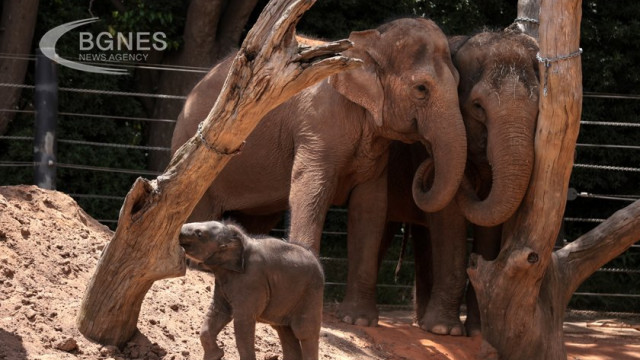Asian elephants bury and mourn their dead calves, according to a study by Indian scientists detailing pachyderm behaviour reminiscent of human burial rituals, AFP reports.
According to the study, published this week in the Journal of Threatened Taxa, researchers have identified five locations where elephant calves were buried by elephants in northern Bengal, India, in 2022 and 2023.
All 5 baby elephants, aged between three months and one year, died of organ failure.
In each case, they found that the herd had carried the deceased calf by its trunk and legs before burying it lying on its back.
"Due to timely observations, digital photographs, field notes and autopsy reports, we surmise that the remains were buried in an odd manner on their backs, regardless of the cause of the calf's death," the study stated.
In one case, the herd noisily crowded around a small elephant lying in the ground, the study authors wrote.
The study explains that only calves are buried in this way because transporting adults is "impractical" for the herd due to their size and weight.
Authors Parveen Kaswan and Akashdeep Roy said their study revealed "no direct human intervention" in the burial of each of the five calves.
Around the burial sites and on the soil under which the remains were buried, clear tracks of 15 to 20 elephants were observed.
The elephants had buried their young in the irrigation canals of the tea plantations, several hundred yards from human settlements.
Elephants are known for their social and cooperative behavior, but the burial of young has been "cursorily studied" among African elephants.
Wild African and Asian elephants are known to visit the remains of their adult mates at various stages of decomposition, but this study reveals different behaviors.
In all five cases, the herd "left the site within 40 minutes of burial" and then avoided returning to the area, instead taking parallel migratory routes.
Asian elephants are listed as endangered by the International Union for Conservation of Nature.
About 26,000 of them live in the wild, mainly in India, but a few remain in Southeast Asia. They live an average of 60-70 years outside captivity. / BGNES



.jpg)
.jpeg)


